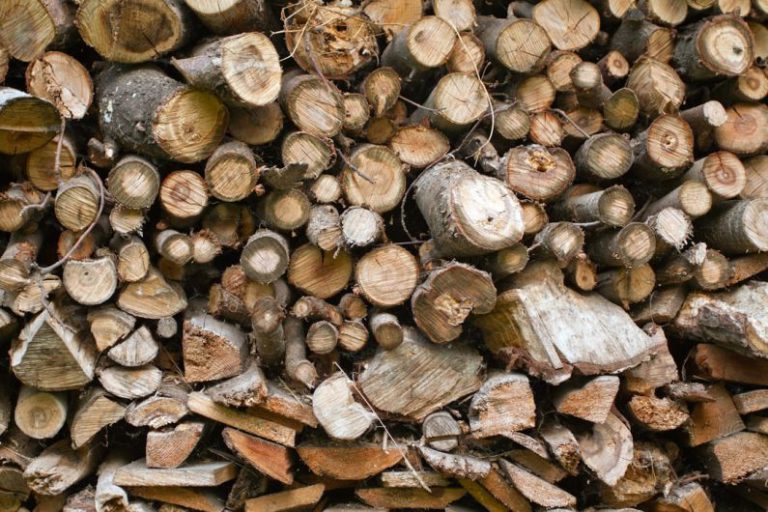What Are the Quality Standards for Retreaded Tires?
Retreaded tires have gained popularity as a cost-effective and sustainable alternative to new tires. However, there are specific quality standards that must be met to ensure the safety and performance of retreaded tires. Understanding these standards is essential for both tire manufacturers and consumers to make informed decisions. In this article, we will delve into the quality standards for retreaded tires and why they matter.
### The Retreading Process
Before discussing the quality standards for retreaded tires, it is essential to understand the retreading process. Retreading involves rejuvenating a worn tire by replacing the tread of the tire with new rubber. The process begins with inspecting the tire casing for any damage or irregularities. If the casing is deemed suitable for retreading, it undergoes a series of steps that include buffing away the old tread, applying new rubber, and curing the tire in a mold. The final product is a retreaded tire that is ready to be put back into service.
### Quality Standards for Retreaded Tires
1. **Casing Inspection**: The first step in ensuring the quality of a retreaded tire is conducting a thorough inspection of the tire casing. The casing must be free of any cuts, punctures, or other damage that could compromise the integrity of the tire. Additionally, the casing should have sufficient tread depth remaining to ensure proper adhesion of the new tread.
2. **Buffing Process**: Proper buffing of the old tread is critical to the adhesion of the new rubber. The buffing process must be done carefully to remove the old tread evenly without damaging the underlying casing. Any unevenness in the buffing process can lead to irregular wear patterns on the retreaded tire.
3. **Quality of New Rubber**: The quality of the new rubber used in retreading plays a significant role in the performance and durability of the tire. High-quality rubber compounds that are specifically designed for retreading should be used to ensure optimal performance in various road conditions.
4. **Curing Process**: The curing process is where the new tread is vulcanized onto the tire casing. This process must be done under controlled temperature and pressure conditions to ensure proper bonding of the rubber to the casing. Inadequate curing can result in delamination of the tread from the casing, leading to premature tire failure.
5. **Final Inspection**: Before a retreaded tire is deemed ready for use, it must undergo a final inspection to ensure that all quality standards have been met. This inspection includes checking for any visible defects, verifying the tread depth, and conducting a uniformity test to ensure that the tire meets the required specifications.
### Why Quality Standards Matter
Adhering to quality standards in the retreading process is crucial for several reasons. First and foremost, it is a matter of safety. A poorly retreaded tire that does not meet quality standards is more likely to experience tire failures such as blowouts, which can lead to accidents and injuries. By following quality standards, tire manufacturers can ensure that retreaded tires perform as reliably as new tires.
Moreover, quality retreading extends the lifecycle of tires, reducing the environmental impact of tire disposal. Retreading conserves natural resources and reduces energy consumption compared to manufacturing new tires. Therefore, by producing high-quality retreaded tires, manufacturers contribute to sustainability efforts in the tire industry.
### In Summary
The quality standards for retreaded tires are essential for ensuring the safety, performance, and sustainability of these products. From casing inspection to the final inspection, each step in the retreading process must meet specific criteria to produce high-quality retreaded tires. By understanding and adhering to these standards, tire manufacturers can offer reliable products that meet the needs of consumers while promoting environmental responsibility in the tire industry.






